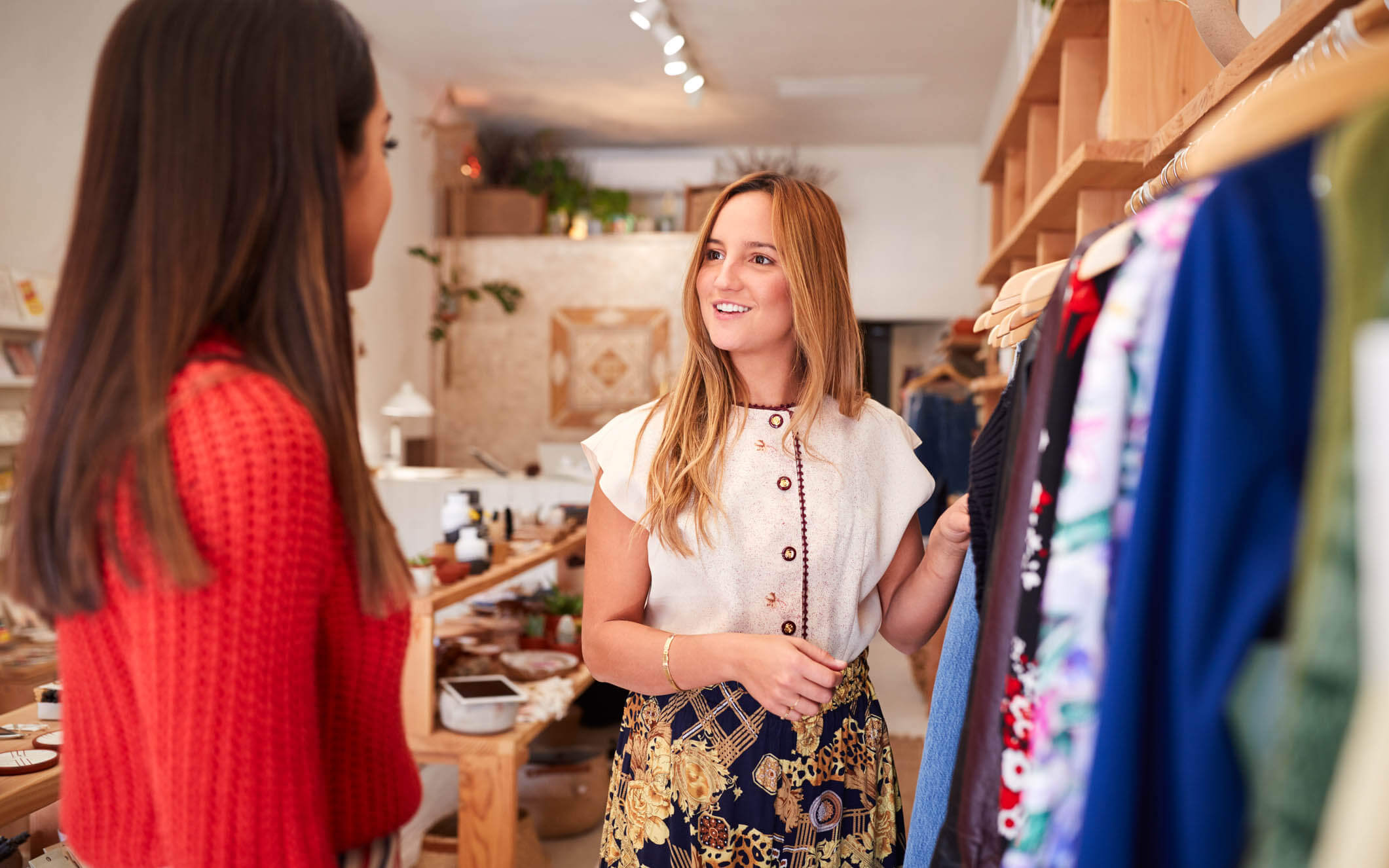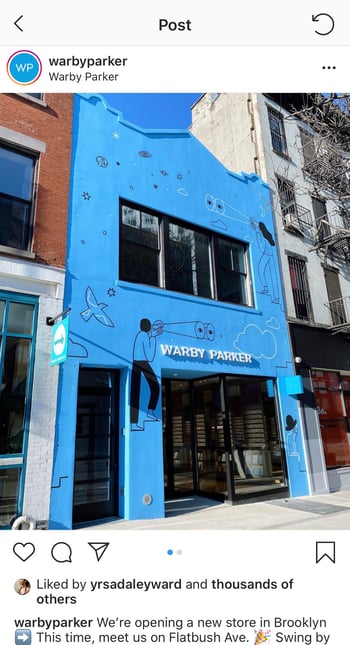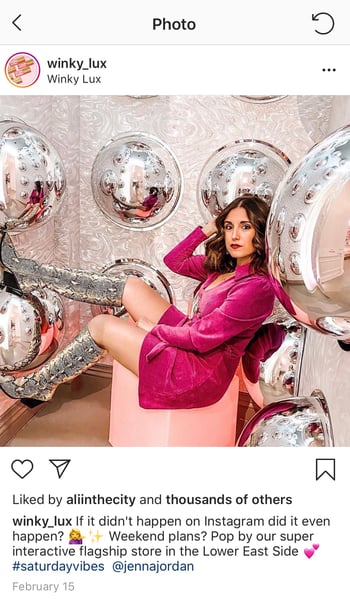
Omnichannel retail is all about customer centricity. It provides a new framework for creating a business strategy built to meet customers’ needs and wants, in hopes of building strong relationships that result in a high average lifetime value.
But at some point, this strategy needs to translate into tangible changes to your business operations. As you approach business transformation that brings omnichannel to life in your store, what does that omnichannel strategy actually look like, and how does it deliver more value to your customers?
Let’s take a stroll through your ideal omnichannel environment to experience your business from the customer’s perspective.
Walking Through the Front Door
The omnichannel experience starts when customers enter your store, right? Wrong. It actually starts before that, when they first engage with marketing materials, social media, your website, or other elements that ultimately lead them into your store.
Your success in driving in-store traffic is at least partially a result of your ability to find an audience through your available marketing channels. If you have a prime brick-and-mortar location, maybe you’re fortunate to receive a lot of cold walk-ins from the street. But most businesses rely on carefully chosen channels to refer shoppers to their store.
Use social media to target relevant customers when promoting new store openings. Invite your existing social media followers to a celebratory opening night and announce regular store hours and grand opening sales promotions to drive traffic among an eager audience. Social media can harness the interest of your local customers and give your business a powerful early boost in traffic.

That social promotion can reach second-degree connections through a gift program that rewards customers with a small gift if they share a promo code with their friends. MeUndies uses a gift-based referral program to expand its network through its existing customer base.
When the shopper walks in the door, what happens? What kind of music is playing in your store, and what kind of aesthetic are they able to enjoy? How are they being encouraged not just to come in, but to have a good time?
Think about the role your store associates play in this process. Do they welcome shoppers into the store? Ask them if they’re looking for anything? Are associates equipped with tablets and clienteling technology to pull up customer profiles and provide personalized service to customers? This isn’t required, but it is something you should be deliberate about when deciding what level of engagement to offer in your store.
Taking in the Store Experience
Customer-centric selling depends on building a relationship, and that relationship requires time. In this instance, that means time spent in your store. What are you doing to encourage longer visits?
Consider the different goals customers have when entering your store. Some are looking for a specific product. Maybe they already found it online and confirmed that it’s in stock. Others will want to browse with varying degrees of purchase intent.
Some shoppers will be there mostly for entertainment purposes. They might like your store’s aesthetic. What is your store offering to engage that shopper? New York’s Winky Lux Experience Shop sells cruelty-free makeup products, and its SoHo location is filled with different installations designed to encourage social media posts and longer store visits. Even in a small retail space, your business could offer a similar point of engagement—and increase its social visibility in the process.

Making a Purchase
After spending some time in your store, your shopper has found some items they want to buy. When they approach the register, they ask to redeem a coupon that was technically meant for online sales. Are you going to turn them away and risk losing the sale—and the customer?
In an omnichannel environment, you’ll have a point of sale capable of taking online coupons in-store and vice-versa. Everything is synchronized across channels, which means you can place an emphasis on giving customers an experience they’ll love.
At checkout, the shopper wants to use Tap to Pay, and they ask for a digital receipt for their purchase. Your store has a rewards program, so you’ll want to ask them if they want to enroll. Fortunately, with an omnichannel POS in place, you don’t have to bog them down with filling out their information on a loyalty card—you can simply link their credit card to loyalty points they can continue to accrue during future store visits.
After the Sale
Customer-centric retail means continuing to care about customers after the sale is complete. Event-triggered emails can ask shoppers about their satisfaction with a purchase. Additional emails can deliver product recommendations based on past purchases, alerting them to new promotions and products they may be interested in.
Let’s say the customer is happy with their in-store purchase—but an item they later order online isn’t what they expected. They come back to your store hoping to return the online purchase. Your business should be able to accommodate this with ease, accessing online order histories through your POS and quickly returning their funds to their desired payment method.
That’s what omnichannel retail could look like in your retail store. The only thing left to do is start transforming to a new, better way of delivering a customer experience.

